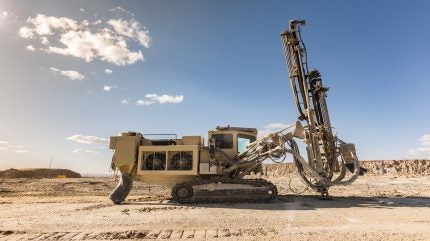
Rio Tinto Exploration Canada (RTEC), a subsidiary of Rio Tinto, has started its initial exploration programme at Saga Metals’ Legacy Lithium Project in the James Bay region of Quebec, Canada.
Last month, Saga Metals executed an option to a joint venture agreement with RTEC for this project, which is a lithium-cesium-tantalum (LCT) pegmatite exploration venture covering an area of 34,243 hectares.
The two companies have established a technical committee to oversee exploration strategies including the current programme.
This exploration initiative, led by RTEC, has begun with a two-week scouting mission to identify pegmatites and potential landing pads for further mapping and prospecting.
The team will assess outcrop abundance and the regional geology, with a particular focus on shear zones known to host pegmatites.
Following the initial groundwork, an airborne magnetics and radiometrics survey is set to start on 11 August 2024.
The data collected from this survey, along with early geochemical results, will inform the subsequent phase of fieldwork.
RTEC plans to return to the field on 9 September, concentrating on Area 1, a region adjacent to known spodumene-pegmatite showings and previously unexplored.
The exploration will target magnetic low domains within the metasedimentary belt that aligns with the Trieste Greenstone Belt, incorporating insights from Saga’s previous summer field programmes.
Last year’s findings from the property indicated LCT signatures in the sampled pegmatites, with the most highly fractionated samples located at the periphery of the mapped areas.
These results will guide RTEC’s targeted exploration efforts.



